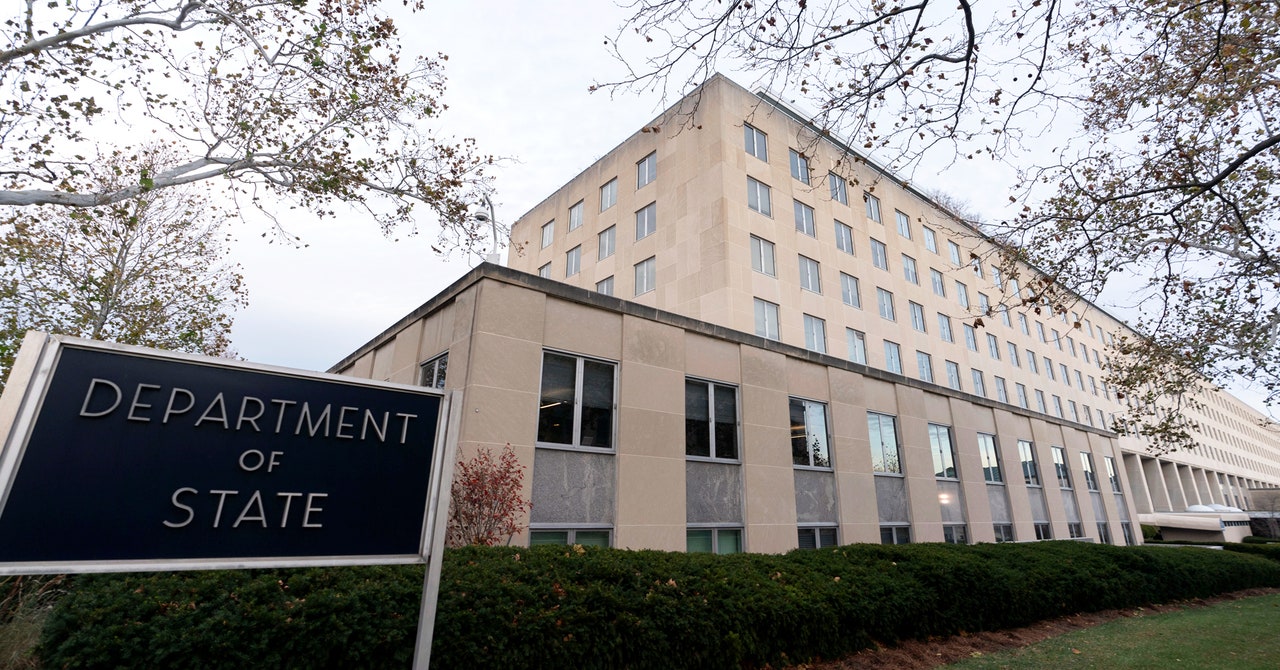This story originally Appeared in VOX and is part of the cooperation of the weather desk.
Worldwide, humanity produces more food than ever, but this impression is focused only on a handful of bread baskets.
For example, more than one -third of wheat and barley exports in the world have come from Ukraine and Russia. Some of these very productive agricultural land, including the major areas of crop growth in the United States, are on the path to seeing the most severe drops due to climate change.
According to a new study published in the journal Nature, this is not the news not only for the farmers, but for everyone they eat – especially as feeding a crowded and aggressive world becomes harder and more expensive.
Under the medium greenhouse gas emissions scenario, six major products at the end of the century are reduced by 11.2 % compared to a world without warming, even when farmers are trying to adapt. And the largest drops do not occur in the poorer and marginal farmland, but in places where the main food producers are. These are areas such as the western United States that have been blessed with good soil and the ideal air for the main breeding such as corn and soybean.
But when that air is less than ideal, it can greatly reduce agricultural productivity. Intense air has already begun in harvesting this year: the flood of rice in Tajikistan has destroyed Spanish cucumber and bananas in Australia. Severe storms in the United States this spring caused millions of dollars to damage crops. In recent years, severe heat has led to a significant decrease in blueberries, olives and grapes. And by changing the climate, rising moderate temperatures and changing rainfall patterns are ready to reduce efficiency, while climate disasters such as drought and floods can eliminate more harvesters.
“It is not a mystery that climate change affects our food production,” said Andrew HoltGrene, an agricultural researcher at the University of Urbana-Champaign. “This sector is exposed to the weather in the economy.”
Farmers do what they can do – testing different types of crops that can withstand changes in climate change the time of planting, the use of fertilizer and water fertilizers and investing in infrastructure such as water tanks.
The question is whether these compatibility can be synchronized with warming. To discover this, Holtgren and his team looked at crop and climatic data from 54 countries around the world, dating back to the 1940s. They specifically explored how farmers have focused on corn, wheat, rice, casawa, surgeum and soybean by changing the weather that has already occurred. Together, these products offer two -thirds of the calorie of humanity.
In nature, Holtgreen and his team reported that in general, compatibility could slow down some product losses due to climate change, but not all of them.
And the decline in our food production can be devastating: For each degree of warming, global food production is likely to reduce 120 calories per person per day. It is even intended to extend how climate change can prolong the growth seasons and how much carbon dioxide in the atmosphere can encourage plant growth. In the medium greenhouse gas emissions-between 2 and 3 degrees Celsius heated by 2100 degrees Celsius-the income and compatibility offset only one-third of the loss of crops around the world.



